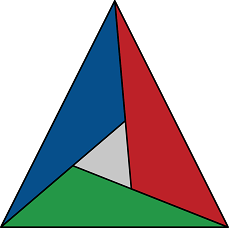accendino, an OGON deployer
 Long time no post. I did quite a lot of things around ogon these last months, and for testing
purpose, I had to deploy ogon on many hosts. The deployment guide is ok, but it's
a long and repetitive operation. And thinking of it, if we can write these instructions in a manual,
then for sure we can automate these operations in a script.
Long time no post. I did quite a lot of things around ogon these last months, and for testing
purpose, I had to deploy ogon on many hosts. The deployment guide is ok, but it's
a long and repetitive operation. And thinking of it, if we can write these instructions in a manual,
then for sure we can automate these operations in a script.
Accendino
So I've created that little software accendino (lighter in italian) that will allow you to start a big fire (ogon in russian).

 Windows VMs are so slow under KVM. When you're a FreeRDP developper, you always end up with being forced to have windows
VMs to test that old features are still working, or to test new shiny features (yes I love unicorns).
Windows VMs are so slow under KVM. When you're a FreeRDP developper, you always end up with being forced to have windows
VMs to test that old features are still working, or to test new shiny features (yes I love unicorns). When you're working on FreeRDP, it's quite usual to increase the log level and to have to collect a
massive amount of logs. And most often it doesn't fit in the terminal backscroll history, or it
is so slow (terminal rendering is CPU intensive) that you need a file storage. Another case is when
you're on a remote host and you want to retrieve the log over the network.
When you're working on FreeRDP, it's quite usual to increase the log level and to have to collect a
massive amount of logs. And most often it doesn't fit in the terminal backscroll history, or it
is so slow (terminal rendering is CPU intensive) that you need a file storage. Another case is when
you're on a remote host and you want to retrieve the log over the network.




